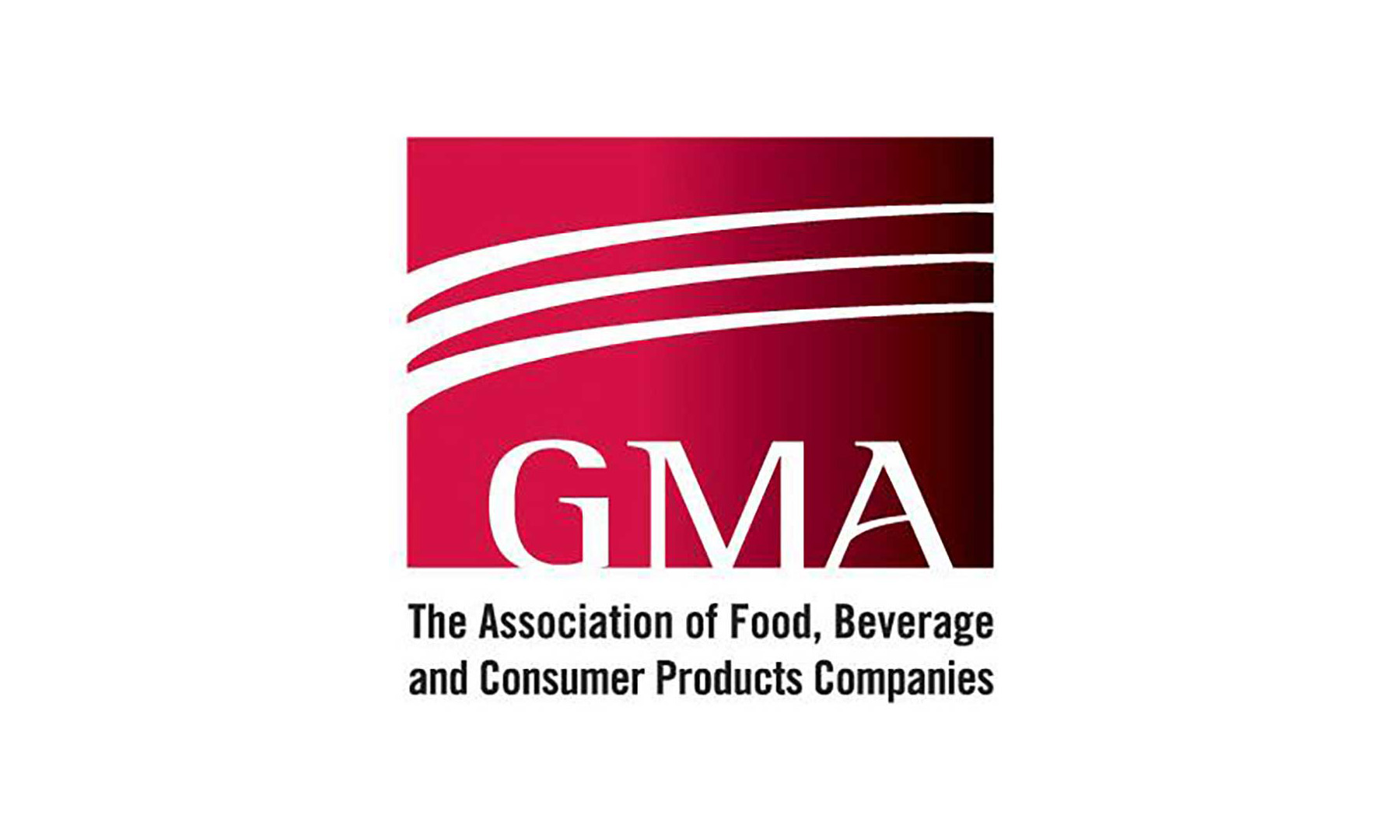by Geoff Freeman/Grocery Manufacturers Association president and CEO
My first 100 days at GMA have been productive—listening to voices across the industry, identifying areas of common cause and putting in place a high-performing team. Day-by-day, with the help of new senior leadership, we are pivoting from defense to offense. We have analyzed critical functions, targeted key investments and addressed gaps in strategy with a single goal in mind: building an association that is indispensable to the industry.
Defining who we are: brands
To build that association, the first question we must answer is: who is the industry? In recent years GMA’s effectiveness has been hampered by trying to be all things to all people—from food and beverage to household and personal care; from prominent brands, food service and private label to agricultural components. Our future success depends on deciding who we are at our core.
I firmly believe that GMA’s best strategy is to become the association of consumer-facing brands. This defines our common ground—the challenges, risks and opportunities we all share and complex relationships with consumers, retailers and governments we all must manage. These brands will drive GMA’s future, and we will continue to welcome suppliers and partners who find common cause with our agenda.
Getting there from here
The following critical pivots will provide our core membership with an association that can capture their imagination and deliver on their goals:
- Promote growth in a vast, complex industry. from packaging to supply chain, countless issues drive consumer demand, impact brand equity and shape short- and long-term profitability. GMA’s new advocacy agenda will address each key component of our members’ businesses. At present, we are myopically focused on the food and beverage product: ingredient, nutrition and safety. Moving forward, we will expand our horizons to focus on removing frictions within packaging, supply chain and customer generation that pose barriers to growth.
- Establish a proactive agenda. When it comes to external engagement, we are currently operating on playing fields defined by our opponents—reacting to their critiques, rather than establishing our own objectives; allowing them to set the terms of debate, rather than driving a winning result based on terms we define. Going forward, our proactive agenda will be framed by three questions: What can we do for the industry that members alone cannot achieve? What are our top priorities? And, what is the strategy that will empower us to achieve our objectives?
- Tell the industry’s story on our terms. Our industry’s massive economic footprint and vast social contributions improve communities across America. Yet instead of aggressively communicating these benefits, GMA is silent. Our critics, on the other hand, relentlessly shape a counter narrative about “Big Food”—and they are winning. Their voices, left to echo through our silence, define our industry as indifferent or even hostile to the needs of consumers. Brands effectively connect with consumers about their shared values; the broader CPG industry must do the same by confidently telling our industry’s story on our own terms.
Components of a winning strategic plan
These pivots above will enable GMA to be relevant, but our goal is to be indispensable. While a longer-term strategy is still being formulated, I see five key components to driving GMA’s transition in 2019:
- Build a nimble organization that can execute an advocacy agenda. Our strategy is founded on creating a policy environment where our industry can thrive and grow. First and foremost, GMA must become known as a skilled and powerful industry advocate. To achieve this objective, we must build an organizational structure and best-in-class public affairs operation that can quickly adapt to issues that arise in the marketplace and seize fast-moving opportunities. To this end, many of GMA’s 110 legacy committees are likely to be eliminated.
- Maximize progress across our entire industry. GMA’s number one responsibility is to do for the industry what individual members alone cannot achieve. Looking forward, projects that benefit only the few will be shelved in favor of those that create industrywide opportunity or address systemic risk.
- Adopt a pro-consumer posture oriented towards growth. Our mission will be growing the size of the overall pie, so our members can compete for share, not protecting the status quo. We will promote growth by removing frictions—inefficiencies, costs, barriers—from the marketplace. To best identify these frictions, GMA must think like business leaders and consumers. We will shift our day-to-day mindset to the pro-consumer concepts of affordable access, consumer choice and confidence, and product innovation.
- Define clear principles for engagement. In the past, we have struggled with the question of how, when and to what end we should engage on complex product-specific issues. Why? Largely because we lack a set of overarching principles to guide our engagement. We can’t fight and expect to win every arbitrary or ill-defined battle. We must determine what GMA stands for—the red lines we will not cross—and use those criteria to evaluate issues as they emerge.
- Shape perception to drive favorable policy. I have always believed that perception drives policy—and our industry is no exception. By communicating our economic impact, social contributions, efforts to adapt to changing consumer preferences and investments in disruptive technologies, we can overcome the negative stereotypes that are being fueled by our opponents and reshape public perception of our industry. GMA will lead an ongoing, research-based campaign to shape the industry narrative and proudly tell our story.
As we arrive at this critical moment of strategic clarity, I am convinced that GMA’s best days are ahead. Change will not always come as quickly or easily as we would like, but I am confident that a trade organization focused on an advocacy agenda, supported by the right organizational structure and committed to driving greater industry growth is precisely what our industry needs today.
Keep reading:
https://www.theshelbyreport.com/2018/11/29/specialty-coffee-association-sd-coffee-tea-scholarships/
https://www.theshelbyreport.com/2018/11/29/dairy-farmers-wisconsin-new-cmo/
https://www.theshelbyreport.com/2018/11/27/gmdc-finance-administration-vp-retiring/

